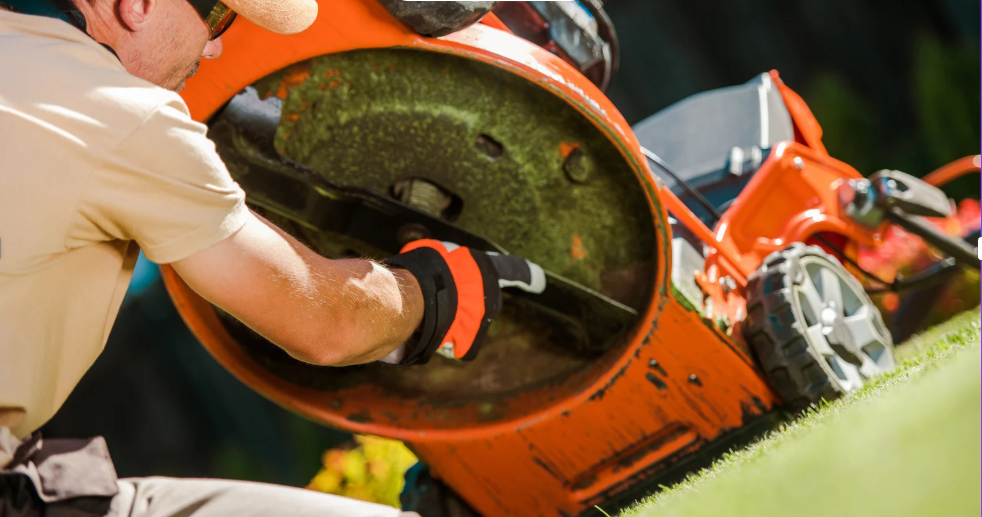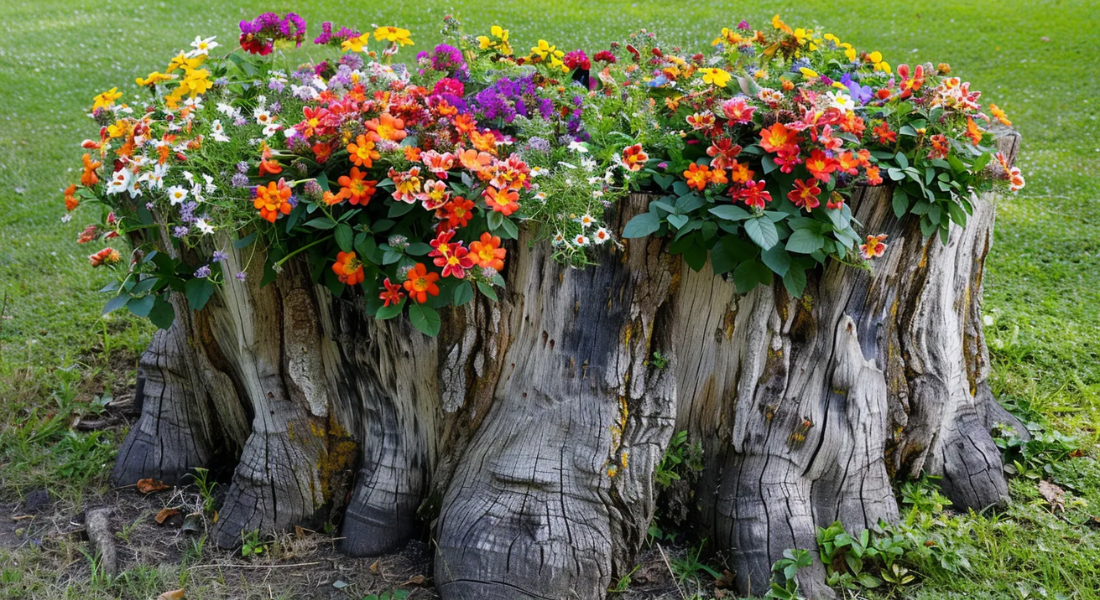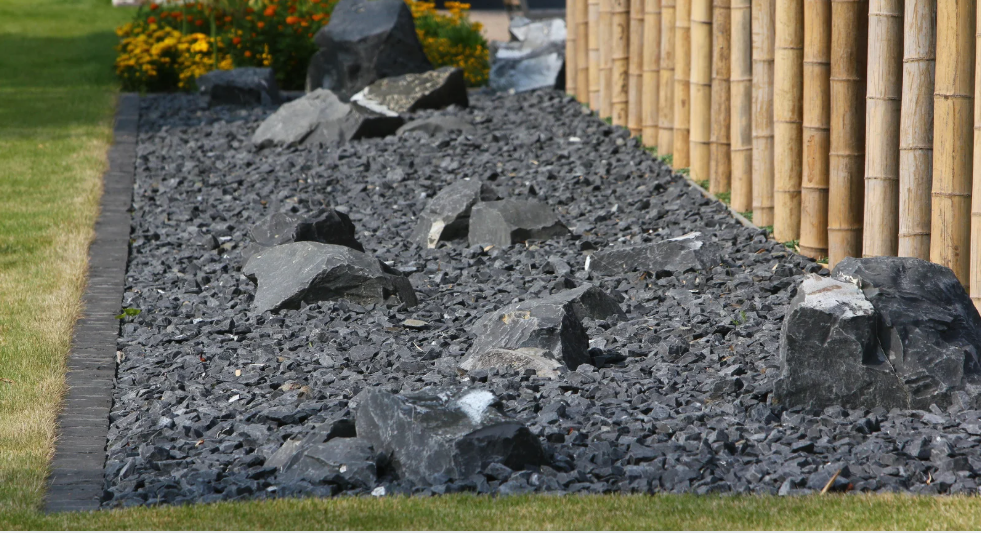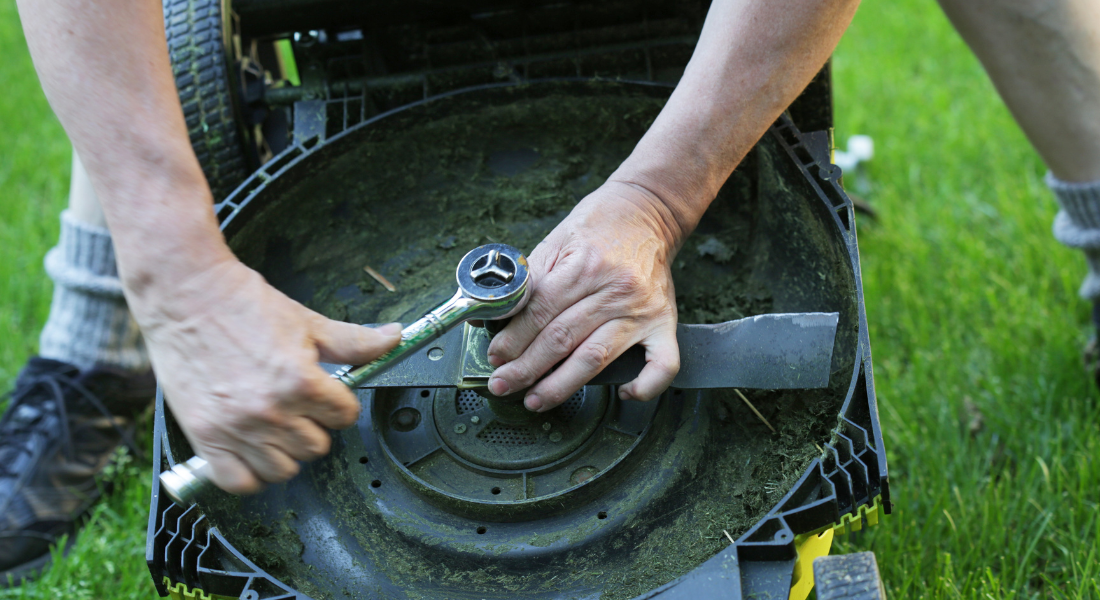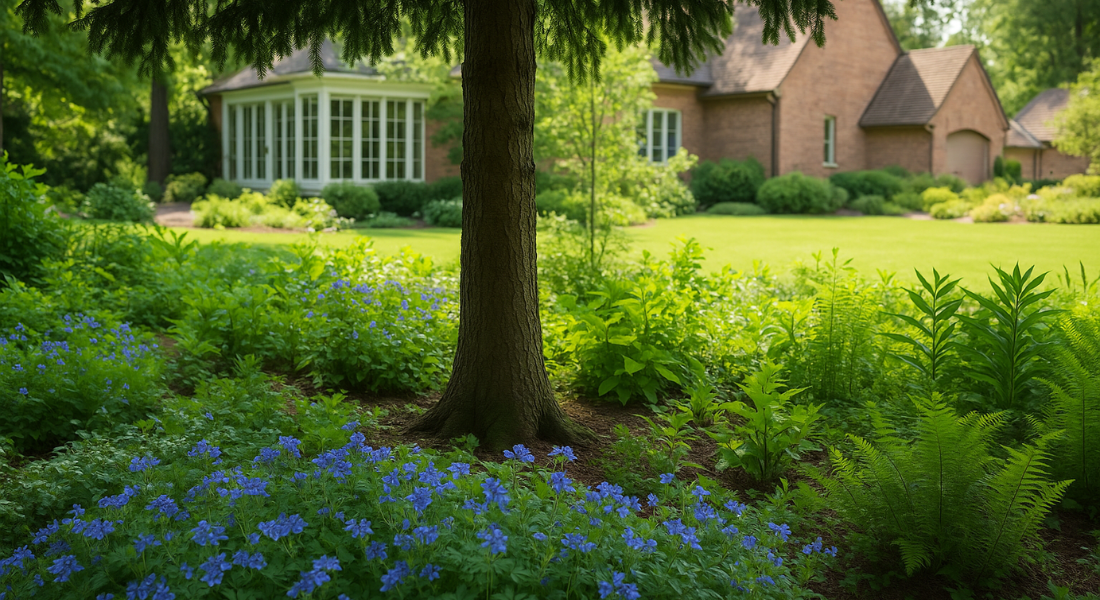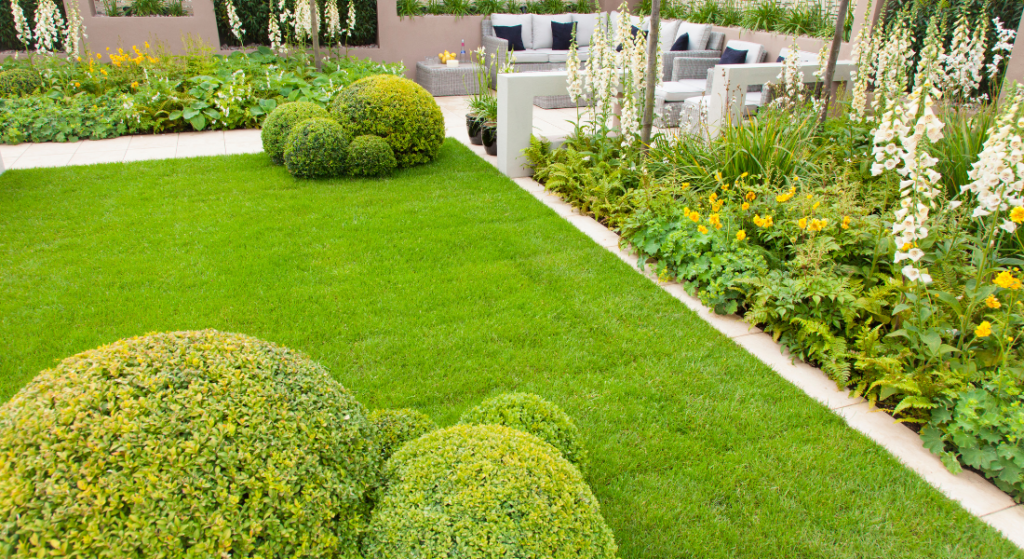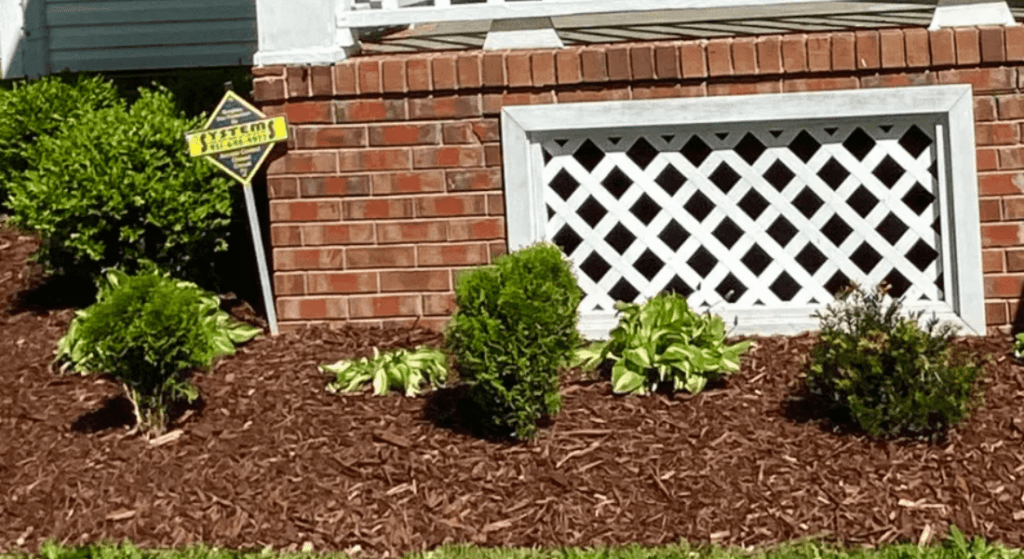How to Grow a Strong, Healthy Lawn in Clarksville, TN
Hey, Clarksville homeowners! If you’re dreaming of a thick, green lawn, you’re in the right place. Whether you’re just starting out or looking to give your grass a boost, we’ve got the steps to help you get there. Let’s make your lawn the best on the block!

1. First, Do A Soil Test
First things first: do a soil test.
This might sound a bit technical, but it’s super important for getting your lawn off to a great start. A soil test tells you exactly what nutrients your soil needs to support healthy grass growth. Knowing what’s in your soil helps you avoid guessing when it comes to fertilizing.
You can get a soil test kit from your local garden center or contact the Montgomery County Extension Office for help. Getting the soil right from the start makes everything else easier!
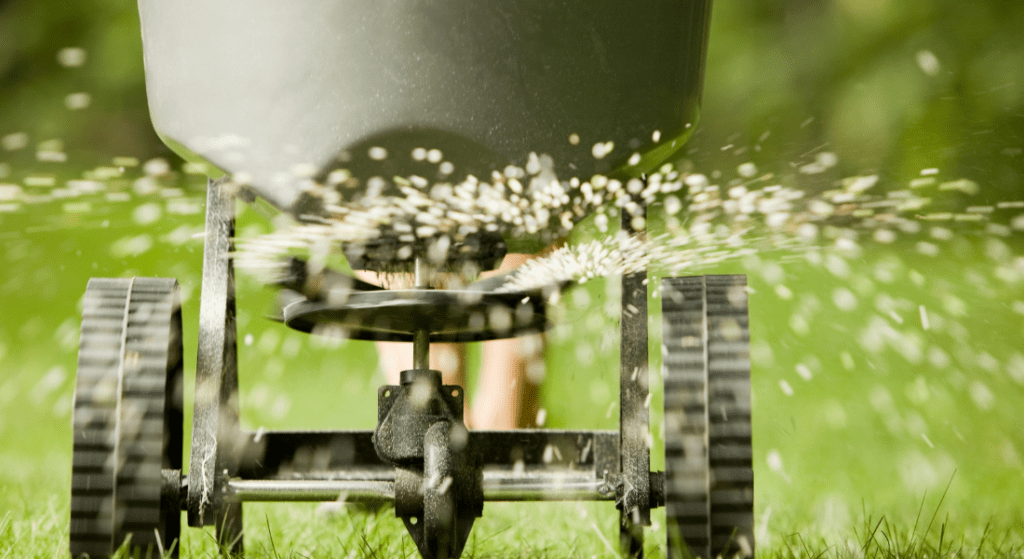
2. Use a Starter Fertilizer With High Phosphorus
When planting new grass, you need to give it a head start with the right fertilizer . Phosphorus is key to helping those roots dig deep and get established.
Apply the starter fertilizer when you first plant your grass. Strong roots mean strong grass that can handle our hot summers and sudden storms. This step sets the foundation for a lawn that can stand up to Clarksville’s weather.
3. Water Deeply Once a Week
Your lawn needs water, but not too much! The trick is to water it deeply, about once a week, instead of giving it little sips every day.
This way, the roots grow deeper, making your grass more drought-resistant. Aim to give your lawn about an inch of water weekly, either from rain or your sprinkler.
Early mornings are ideal to keep evaporation to a minimum. This simple routine helps your grass stay healthy and strong.
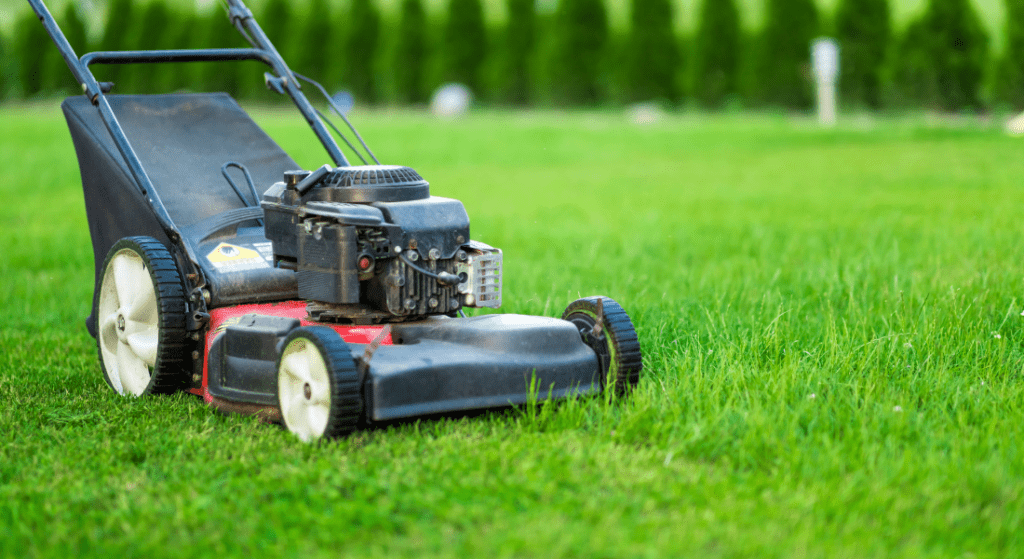
4. Mow Regularly For Thicker Grass
Mowing isn’t just about keeping your lawn neat; it’s also about helping it grow thicker.
Regular mowing during Clarksville’s growing season encourages your grass to spread out, covering bare spots. Don’t cut the grass too short; taller grass shades the soil, keeping it cooler.
Frequent mowing encourages the grass to grow sideways, filling in your lawn. This helps your lawn become thick enough to choke out pesky weeds!
For a more in depth guide about mowing your lawn, read our blog: “ How Often Should You Mow Your Lawn in Clarksville, Tennessee? “

5. Avoid Using Pre-Emergent Weed Control for the First 6 Months
Hold off on using pre-emergent weed killers for at least six months after planting new grass.
We know it’s tempting, but trust us, your young grass needs time to get established without any interference. Pre-emergent weed killers stop seeds from sprouting, which can mess with your new grass.
Let your grass focus on getting strong before worrying about the weeds. Skipping this step gives your lawn the best chance to grow.
6. Don’t use Strong Post-Emergent Weed Killers for the First Year
New grass is like a baby—fragile and in need of gentle care. Strong post-emergent weed killers can do more harm than good during the first year.
Give your lawn a full year to mature before using any harsh chemicals. Healthy grass will naturally fight off many weeds on its own. Think of it as building up your lawn’s immune system—it needs time to get strong!
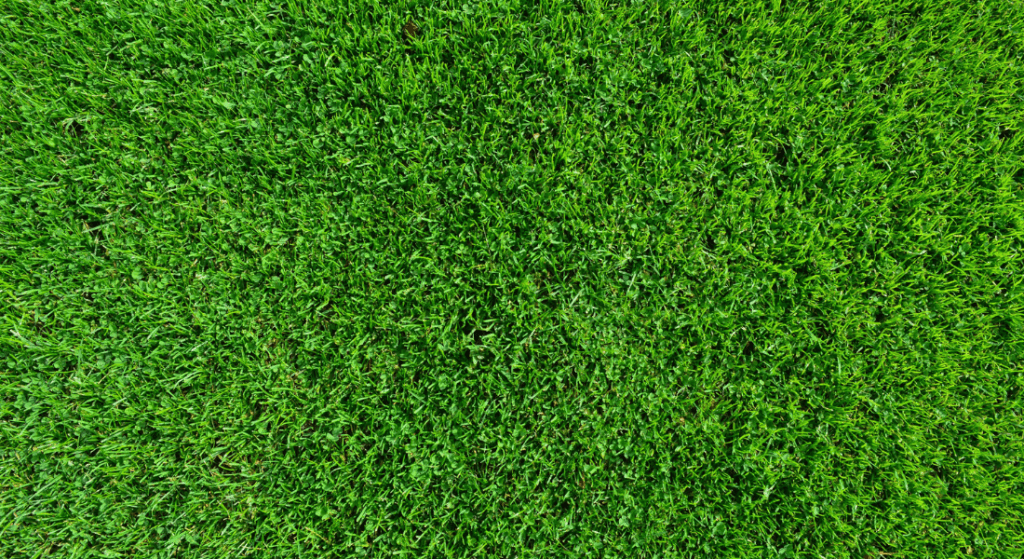
7. Let Your Grass Outgrow the Weeds
Here’s the secret to keeping weeds at bay: let your grass do the work! By watering deeply and mowing frequently, you’re helping your grass grow thick and spread out. This leaves less room for weeds to sneak in.
When your grass is dense, it naturally crowds out the weeds. Stick to this routine, and over time, your grass will take over. This approach means you’ll rely less on chemicals and more on good lawn care practices.
GreenLife Service: Your Lawn Care Experts in Clarksville, TN
At GreenLife Service, we provide high-quality lawn care and maintenance for Clarksville, TN. Our team knows how to make your lawn healthier, green, and beautiful. From regular mowing and fertilization to weed control and specialized treatments, we do it all. We understand what Clarksville lawns need to thrive, and we customize our services to make sure your grass stays lush and vibrant throughout the year. With GreenLife Service, you can relax while we take care of your lawn, making it look its best in every season. Call us today !

Wrapping It Up
Growing a beautiful lawn in Clarksville, TN is all about getting the basics right. Start with a soil test, use a high-phosphorus fertilizer, water deeply, and mow often. Skip the harsh weed killers in the first year, and let your grass do the heavy lifting by crowding out those weeds. Follow these simple steps, and soon you’ll have a lawn that’s tough, green, and the envy of the neighborhood. Happy gardening!
FAQ
Q. What is the best treatment for a lawn?
A. The best treatment for your lawn depends on its specific needs, but a well-rounded approach includes fertilization, aeration, and weed control . Fertilizing your lawn with a balanced mix of nitrogen, phosphorus, and potassium helps it grow strong and healthy. Aeration loosens compacted soil, allowing water, air, and nutrients to reach the roots. Weed control, whether through manual removal or herbicides, prevents weeds from competing with your grass for nutrients. A regular watering and mowing schedule also keeps your lawn looking its best.
Q. What is the best way to maintain a new lawn?
A. Maintaining a new lawn requires extra care to help it establish roots. Water your new lawn deeply and consistently, especially in the first few weeks, to keep the soil moist but not waterlogged. Avoid heavy foot traffic to prevent damaging the delicate roots. Mow your new lawn only after it reaches about 3 inches in height, and make sure to use a sharp mower blade to avoid tearing the grass. Fertilize lightly after about 6 weeks, and use organic fertilizers to promote healthy soil development.
Q. In what order should I treat my lawn?
A. The general order for treating your lawn is:
- Mowing : Keep your grass at the recommended height.
- Aeration : Aerate the lawn, especially if the soil is compacted.
- Fertilization : Apply a slow-release fertilizer to promote healthy growth.
- Weed Control : Use pre-emergent herbicides to prevent weeds and post-emergent herbicides for existing ones.
- Watering : Water deeply but infrequently, depending on the season and soil type.
- Overseeding : If your lawn has bare patches, overseed to promote fuller coverage.
- Pest Control : Treat for pests if necessary, using environmentally friendly products when possible.
Q. What is the best thing for your lawn?
A. The best thing for your lawn is consistent care . Regular mowing, watering, and fertilizing help maintain its health. Aerating the lawn once or twice a year ensures better root development while overseeding keeps it thick and lush. Using organic fertilizers, controlling weeds early, and staying on top of pest management will help your lawn thrive year-round. Providing the right balance of nutrients and addressing issues like soil compaction and drainage will keep your lawn looking its best.
